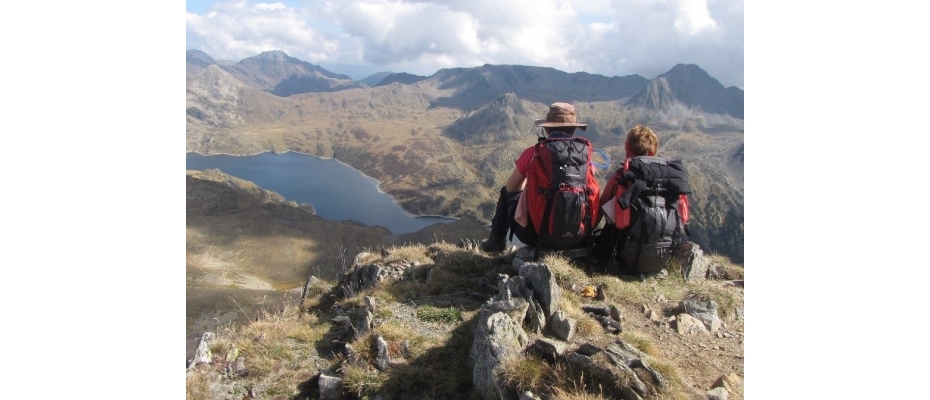
BCN, 16 March 2021.- Oscar Lao, leader of the Population Genomics Group at the CNAG-CRG, together with Joan Fibla from the Universitat de Lleida (UdL) and Pedro Moral from the Universitat de Barcelona, are the leading co-directors of the GenPIR project. This project, funded by the Diputació de Lleida, is analyzing the genetic diversity of human populations from the Catalan Pyrenees, comprising comarques from Garrotxa, Ripolles, Alt Urgell, Bergueda and Pallars.
The GenPIR project has carried out the genetic characterization of 435 people with paternal and maternal parents and grandparents born in the Pyrenees. The team has analyzed more than 800,000 variable sites in the genome, raised up to eight million variable sites after imputation. The genetic information from the Pyrenean populations has been compared with publicly available genetic data from 3,936 individuals from 76 human populations around the world.
Preliminary results indicate that the Catalan Pyrenean populations are not genetically homogeneous. Following previous studies on the Iberian Peninsula and Pyrenees, the genetic diversity of the studied populations follows an East to West gradient of differentiation. Moreover, the investigators have observed that the Catalan Pyrenees can be described as a mixture of the genetic variation present in the Iberian Peninsula and Central Europe.
Beyond the genetic description of the population, the information obtained in this project will define profiles of population genetic risk to common diseases. Among the variants analyzed, for example, it has been found that the inhabitants of the Pyrenees have a higher risk than those of the rest of the Iberian Peninsula in two immune diseases, vitiligo and Crohn's disease. In contrast, polygenic risk scores are similar for breast cancer and slightly lower for prostate cancer. The authors have also identified different susceptibilities among the considered region for COVID-19 associated variants, thus supporting that the genetic characterization of microgeographic population substructure is important.











